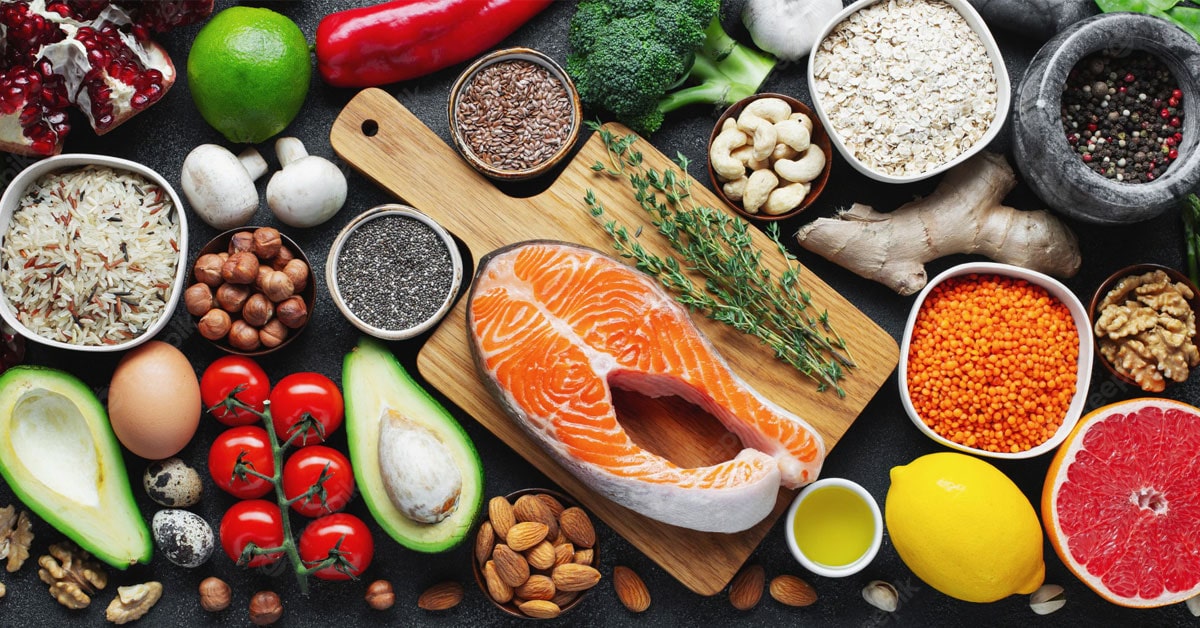Getting rid of stomach fat requires a combination of a healthy diet, regular exercise, and lifestyle changes. It’s important to note that spot reduction (losing fat from a specific area) is not typically possible; instead, you need to focus on overall fat loss. Here are some effective strategies to help reduce stomach fat:
1. Healthy Diet
a. Create a Caloric Deficit
- Reduce Calorie Intake: To lose fat, you need to consume fewer calories than you burn. Use a calorie calculator to determine your daily caloric needs and aim for a moderate deficit.
- Track Your Intake: Keep a food diary or use an app to monitor your calorie intake.
b. Eat Nutrient-Dense Foods
- Protein: Include lean proteins like chicken, fish, tofu, beans, and legumes. Protein helps preserve muscle mass and keeps you full.
- Fiber: Consume plenty of vegetables, fruits, whole grains, and legumes. Fiber helps with satiety and digestion.
- Healthy Fats: Include sources of healthy fats like avocados, nuts, seeds, and olive oil, but in moderation.
- Whole Grains: Choose whole grains over refined carbs to keep blood sugar levels stable and reduce cravings.
c. Avoid Sugary and Processed Foods
- Cut Out Sugary Drinks: Avoid sodas, juices, and other sugary beverages.
- Limit Processed Foods: Reduce intake of processed snacks, sweets, and fast food.
2. Exercise Routine
a. Cardiovascular Exercise
- Regular Cardio: Aim for at least 150 minutes of moderate-intensity cardio or 75 minutes of high-intensity cardio per week. Activities include brisk walking, running, cycling, and swimming.
b. Strength Training
- Build Muscle: Incorporate strength training exercises 2-3 times per week to build muscle mass, which helps increase metabolism. Focus on compound exercises like squats, deadlifts, push-ups, and pull-ups.
c. High-Intensity Interval Training (HIIT)
- Short, Intense Workouts: HIIT involves short bursts of intense exercise followed by brief rest periods. It can be very effective for burning calories and reducing fat.
3. Lifestyle Changes
a. Adequate Sleep
- Quality Sleep: Aim for 7-9 hours of sleep per night. Poor sleep can disrupt hunger hormones and metabolism.
b. Stress Management
- Reduce Stress: Practice stress-reducing techniques like meditation, yoga, or deep breathing exercises. Chronic stress can lead to weight gain, especially around the midsection.
4. Hydration
- Drink Water: Staying hydrated helps control hunger and supports overall health. Aim for at least 8 cups of water per day.
- Avoid High-Calorie Beverages: Eliminate or reduce intake of sugary drinks, alcohol, and other high-calorie beverages.
5. Mindful Eating
- Eat Slowly: Take your time to chew and savor your food, which can help prevent overeating.
- Avoid Distractions: Eat without distractions like TV or smartphones to be more aware of your hunger and fullness cues.
6. Monitor Progress
- Track Your Progress: Regularly monitor your weight and body measurements to track your progress.
- Adjust as Needed: Be flexible and make adjustments to your diet and exercise routine based on your progress and how you feel.



